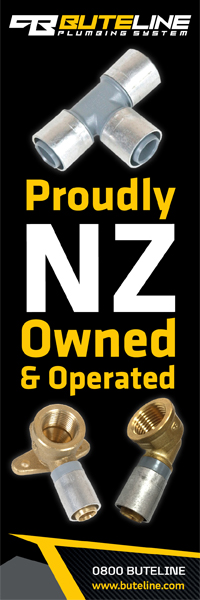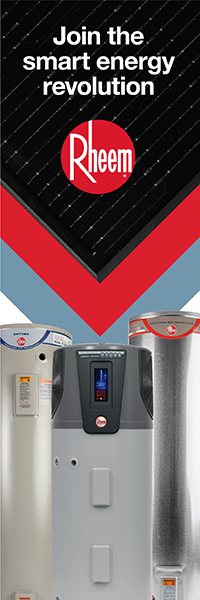Small bore wastewater pumps - installing and positioning
23 December 2021
To ensure efficient activation and discharge, it is critically important to both position and install small-bore wastewater pumps correctly.
Drain line separation
Drain line separation can be a major issue with small-bore macerators and combination black & grey water lifting stations.
Typically, separation of solids, toilet paper and water can occur in a drain line over a distance. This waste separation can cause activation and dilaceration issues and in turn can cause blockages to occur intermittently. For optimum performance, small bore macerator pumps rely on the water and waste being delivered to the unit at the same time.
 Small bore macerators
Small bore macerators
When water and waste enter the macerator at the same time, the additional water volume increases the bottom weir level which rises to the set activation level and triggers the pump and blades simultaneously.
The blades spin at approximately 2000 rpm, dilacerating the paper and faeces which falls into the bottom of the pump case where it is picked up by the impeller and discharged. When separation of water and waste occurs, water gets to the pump first, triggering the motor driving the blades on top and the impeller at the bottom, resulting in incomplete maceration. Wastewater being discharged prior to the arrival of the solids and toilet paper can lead to blockages at the entry to the pump.
Position of macerators
Standard domestic and commercial macerators must be positioned directly behind a P-Trap toilet suite. With close-coupled or back-to-wall toilet suites, the macerator may be positioned up to 300mm directly behind the toilet suite.
Wall hung pan installations can be installed up to 500mm away from the macerator pump due to the higher pan outlet in these applications. Always refer to the manufacturer’s installation guides. Installing the unit remotely outside manufacturer’s specifications may result in blockages and void the manufacturer’s warranty.
Greywater from basins, showers, bidets, baths can be connected to the lower inlet points on either side of the macerator.
The level invert of these fixtures must be a minimum 150mm above the base of the pump and may vary – refer to the manufacturer’s installation guide.
NB: Sufficient access must be provided to pumps concealed within wall cavities for servicing and maintenance.
Combination black and grey water lifting stations
Unlike macerators, blades inside combination lifting stations are positioned facing the base of the pump. They continue to act as a ‘grinder’, chopping the waste small enough to fit through a fixed plate to impellers that draw and discharge the waste through a discharge line.
Position of combination black and grey water lifting stations
Combination black and grey water lifting stations are designed to be installed remotely from the fixtures. Drain lines running to combination black and grey water lifting stations must run on minimum 1:40 fall ratio or 2.75%.
This larger volume results in the ‘on level’ or activation of the pump set at a higher level than small-bore macerators and greywater pumps. The base of the unit will need to sit a minimum of 275mm lower than the outlet of your lowest fixture.
They can be positioned in an external pit to allow for conventional internal drainage, or be positioned in a sub-basement level connected via sanitary plumbing stack work.
NB: Sufficient access must be provided to pumps positioned inside a pit for servicing and maintenance.














































